To me, and I’m sure many of you, the English rifle makers like Rigby’s, Holland & Holland, and Westley Richards set the bar on what a bolt action sporting rifle should be. One American gunmaking company that has rivaled the English makers since its founding in the early 1920’s is Griffin & Howe.
The partnership between Seymour Griffin, a cabinet maker, and James V. Howe, trained as a toolmaker, was formed in 1923. Griffin was an amateur gunmaker who was an exceptional stock maker. Howe was a gunmaker who did stock work as well but specialized in metal work like sights and butt plates. Howe was formerly head of the U.S. military’s Small Arms Experimental Department where he met the famed writer, outdoorsman, and shooter Colonel Townsend Whelen. Being familiar with both men’s work, Whelen encouraged the two to combine their talents and form a gunmaking company and in May of 1923 Griffin & Howe Inc. was established in New York City. James Howe was only with the fledgling company for about 4 months, but the firm that grew from that original partnership is legendary.
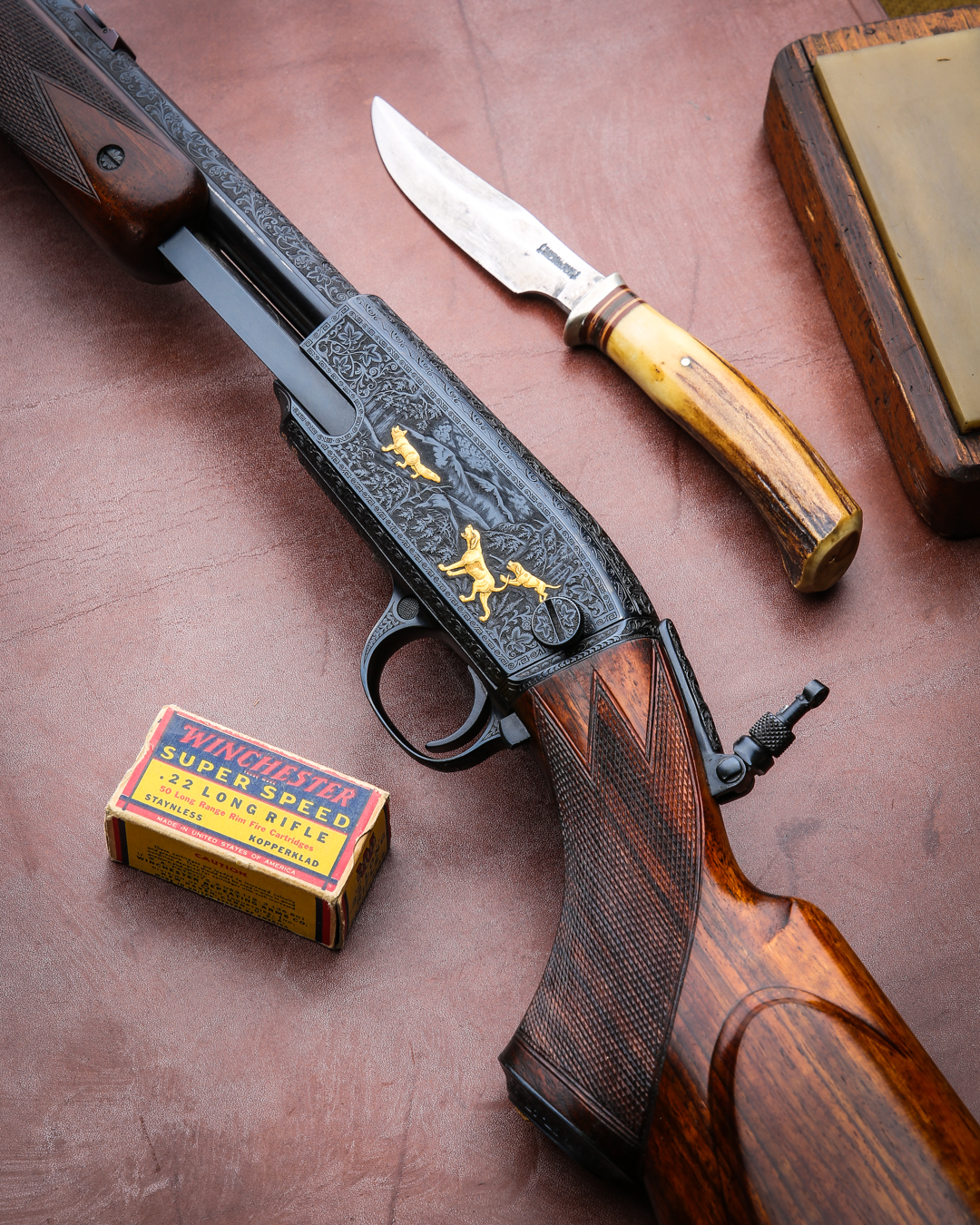
Originally Griffin & Howe made slim, well-shaped sporting rifles out of surplus Springfield Model 1903’s that any civilian could purchase from the Director of Civilian Marksmanship (DCM) and have sent to Griffin & Howe. The company also made new rifles on Mauser actions and In 1927 G&H introduced the first iteration of their iconic “side mount” for telescopic sights. Most famous for the bolt action magazine rifles they still make today, from time to time you might run across some other type of rifle that Griffin & Howe has “reworked”.
I have had my hands on some pretty cool G&H rifles from single shot rifles based on Farquharson actions to boxlock ejector shotguns with sideplates but the most recent Griffin & Howe rifle I recently picked up, has to be the best G&H rifle I have ever had.
From the late 1890’s until the 1960’s, some of the best .22 rifles made in the U.S. were the slide-action, or “pump” action, repeaters manufactured by Winchester. Fed by a tube shaped magazine and the action worked by “pumping” the wooden forend back and forth to eject the spent round, cock the hammer, and reload the next round. The first versions and its many iterations had exposed hammers but in 1932 Winchester the Model 61 Hammerless. At that time Winchester’s model numbers came from what number of patents that design was, this being the 61st design patent the company had brought to market. The rifles had 24” barrels, with simple ramp dovetail sights, walnut stocks, and were very well made throughout their history.
The Winchester Model 61 pictured here was worked over by Griffin & Howe in the 1950’s and is the most spectacular Griffin & Howe rifle I have ever had in my hands.
Based on Winchester's Model 61 hammerless, slide action "pump" rifle chambered in .22 Long Rifle. First introduced by Winchester in 1932, this rifle was made in the early 1950's. The original 24” barrel features G&H’s distinctive ramp front sight with removable hood and single folding rear “Express” sight that is gold lined and engraved “100 yds” a banded swivel stud mounted to the barrel and straps over the magazine tube.
G&H replaced both the forend piece and butt stock in fine walnut with G&H’s distinctive stock shape, point pattern checkering, beaded cheekpiece, steel grip cap, and rear swivel stud with a Niedner style checkered steel butt plate and a blank stock oval.
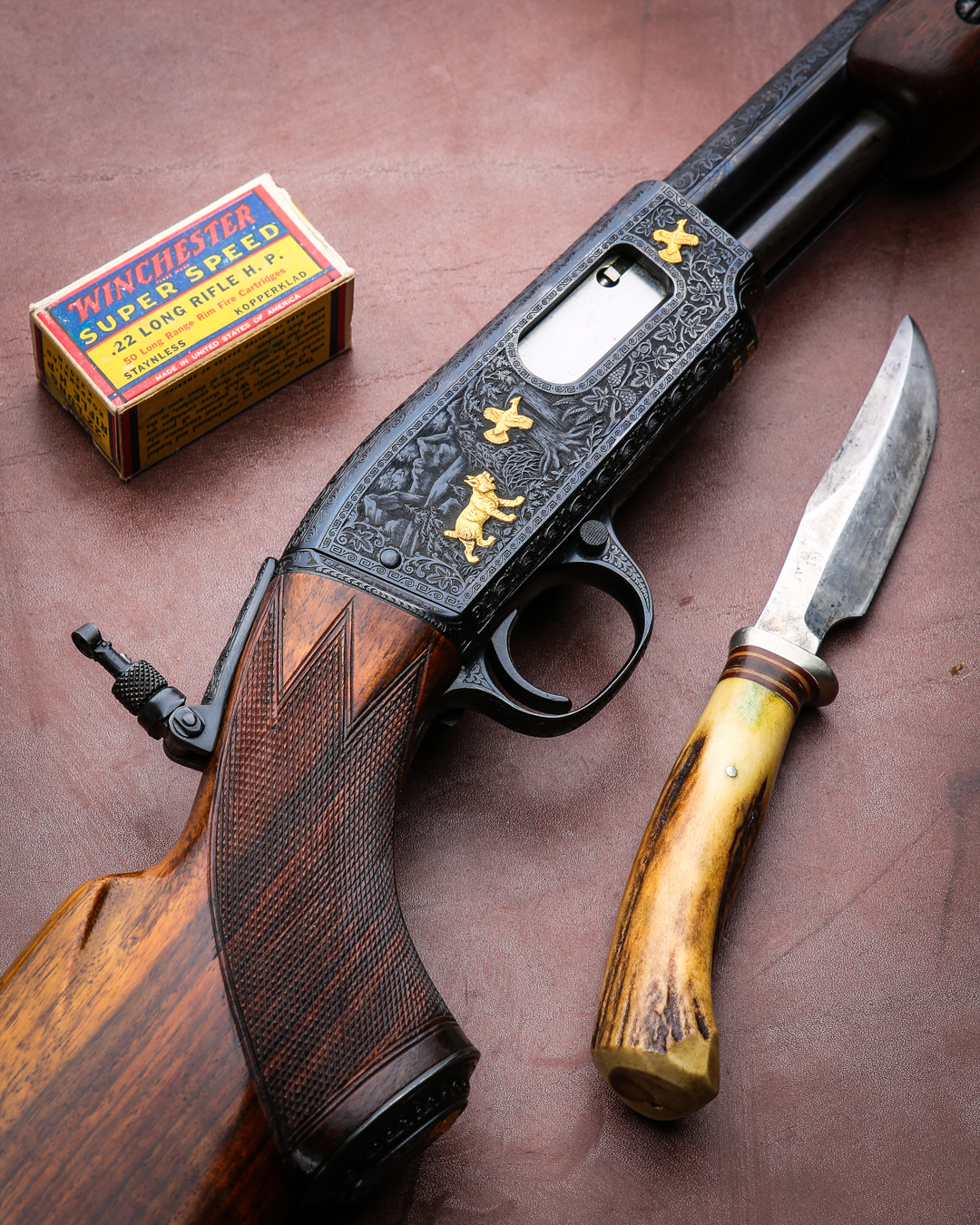
The rifle features full coverage scroll engraving with gold inlaid game scenes on the receiver, wedges of scroll around the front sight and on top of the barrel past the rear sight. Gold fox and hounds are inlaid on the left side of the action and a gold lynx and grouse are inlaid on the right side of the action with highly detailed alpine scenes in the background. There is an inlaid bust of a hound on the grip cap. The balance of the engraving is a grape and vine scroll pattern with geometric border details. The maker’s name, address, and serial number are inlaid in gold on top of the barrel. The Winchester serial number is inlaid in gold both the receiver and trigger plate. With close inspection, the rifle is also engraved on the bottom of the receiver, just above the serial number: "Engraved by Josef Fugger".
Josef Fugger was G&H’s in-house engraver from 1927 – 1960. He studied under the much-revered Rudolph Kornbrath and in turn Fugger was the master engraver famed American engraver Winston Churchill studied under, all of them working for Griffin & Howe.
To complete the package the rifle is in its original lightweight leather case that offers some excellent provenance. G&H’s trade label is affixed to the inside and bears the “202 E. 44th Street” address in New York. Below the address is “Jos. Fugger Engraver”. The outside of the case is embossed: “Arthur D. Leidesdorf 125 Park Ave.N.Y.C.” in the center and in the bottom right hand corner is: “Winchester 22 Cal. Rifle No. 152708”.
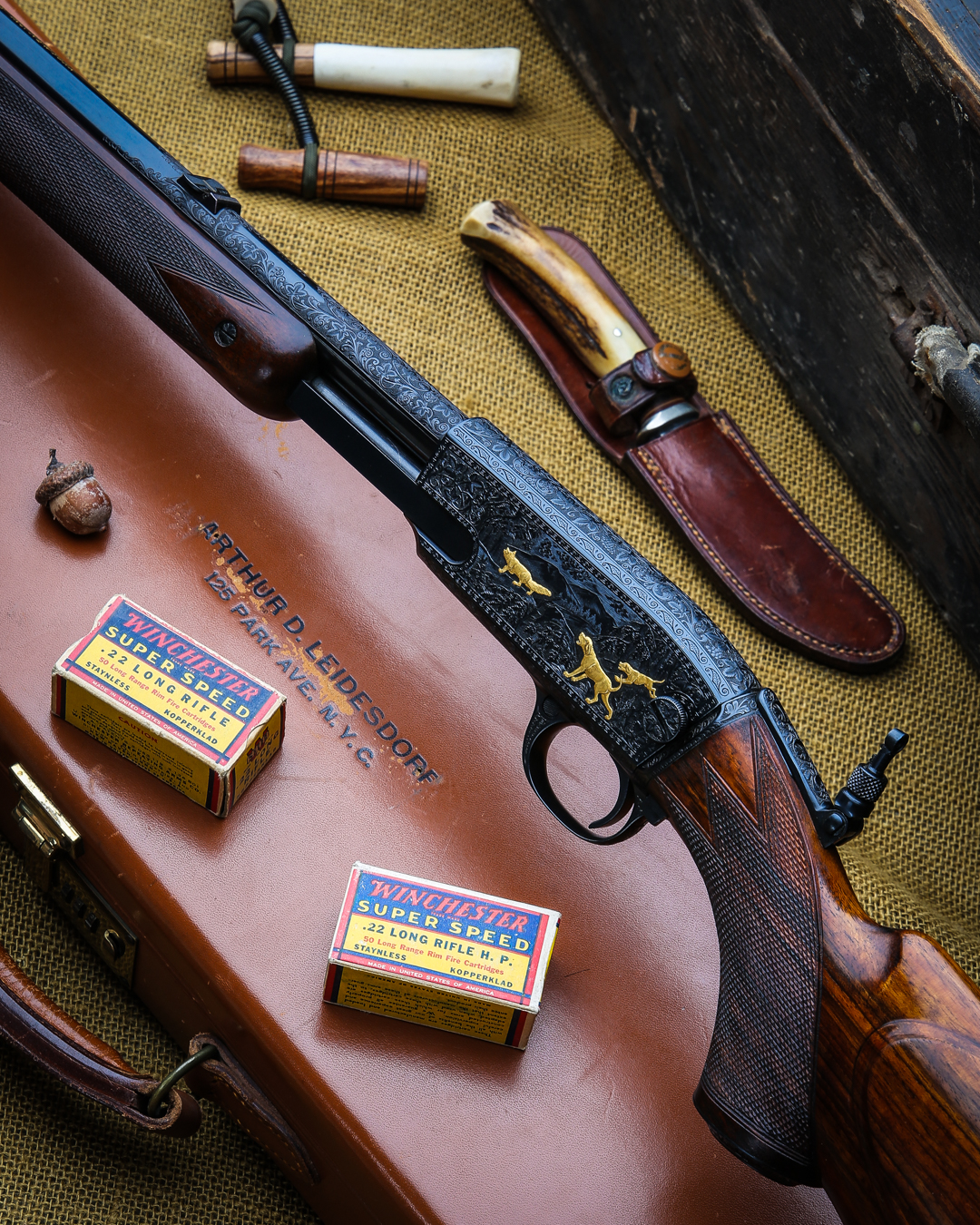
With the universal popularity and usefulness of the .22 LR it is strange to me that we don’t see more fancy .22 rifles. Thank goodness there were men like Mr. Leidesdorf to have the vision to commission such pieces to be made and thank goodness there were firms like Griffin & Howe who could put out such work.
A spectacular rifle in so many regards and one I would venture to say is one of a kind.
If I happen to be wrong about that and you have a rifle to prove it…I have a buyer.
Westley Richards has an outstanding reputation for supplying a comprehensive selection of pre-owned guns and rifles. We pride ourselves on our in depth knowledge of the many sporting arms built over the last 200 years, placing particular emphasis on big game rifles, like the 577 Nitro Express, 505 Gibbs and 425 Westley Richards. Whether looking to grow or sell your collection of firearms, or simply require a trusted evaluation, our team from the sales department would be delighted to hear from you. To view the latest available, head to the used shotguns and used rifles pages, and for those interested in new firearms, explore our custom rifles and bespoke guns pages.












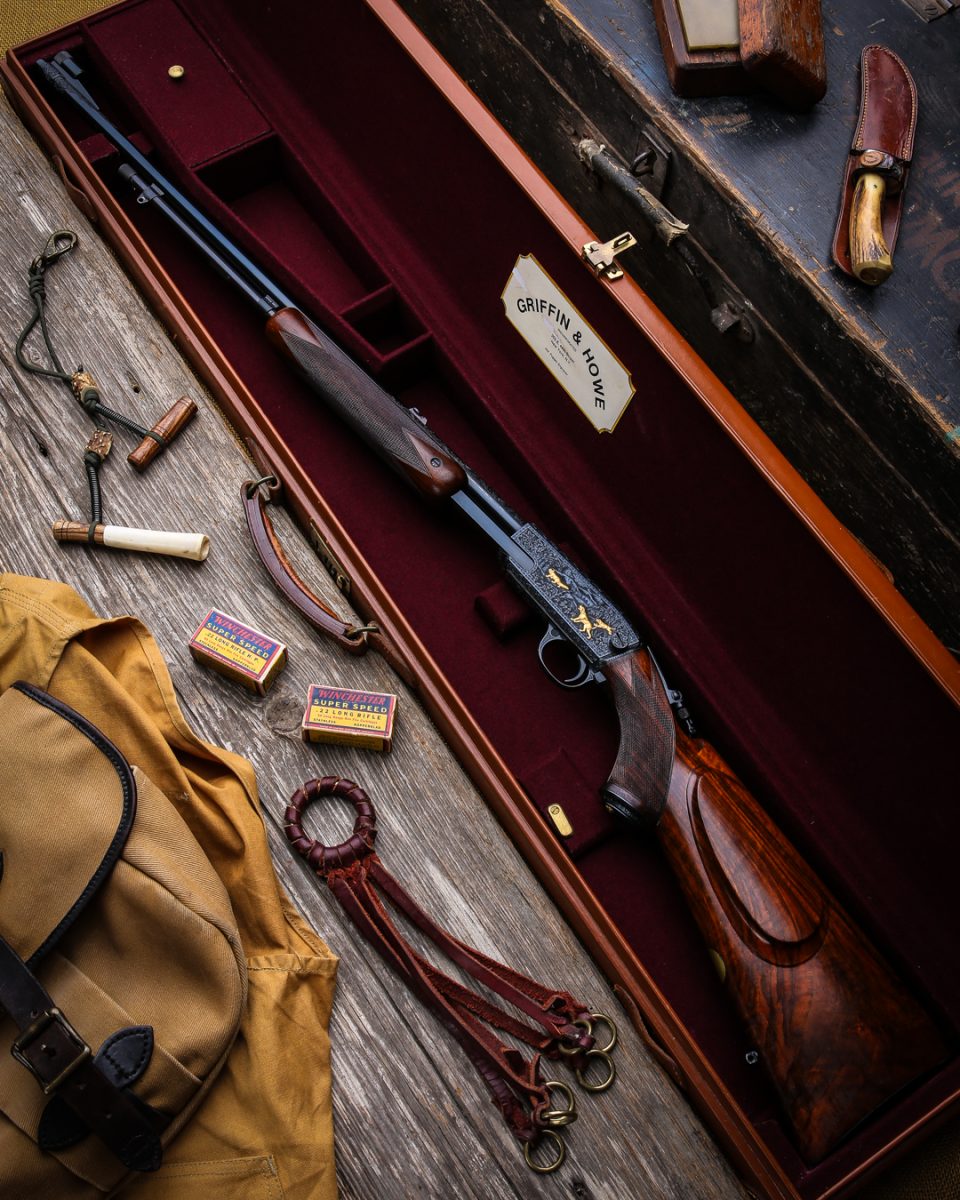
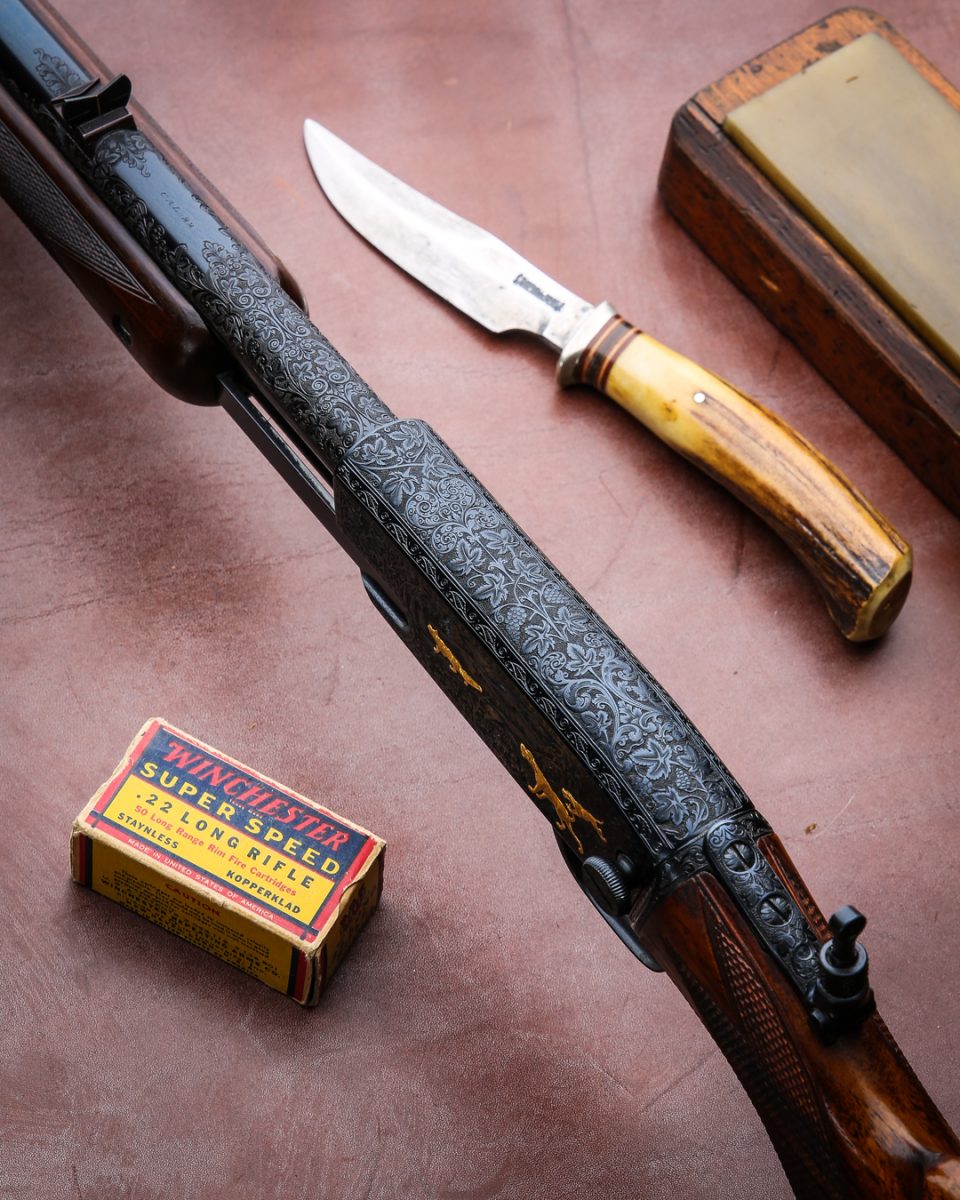
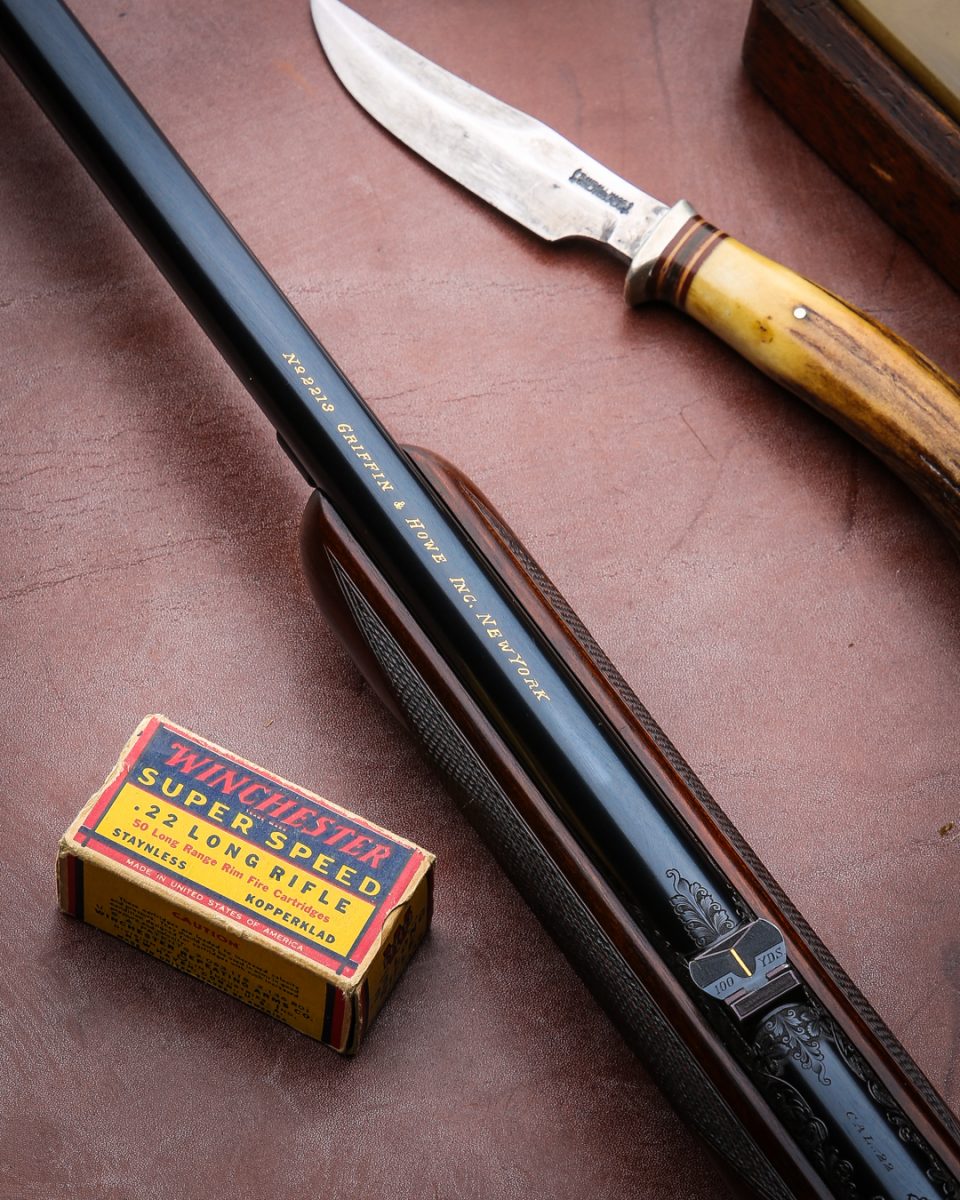
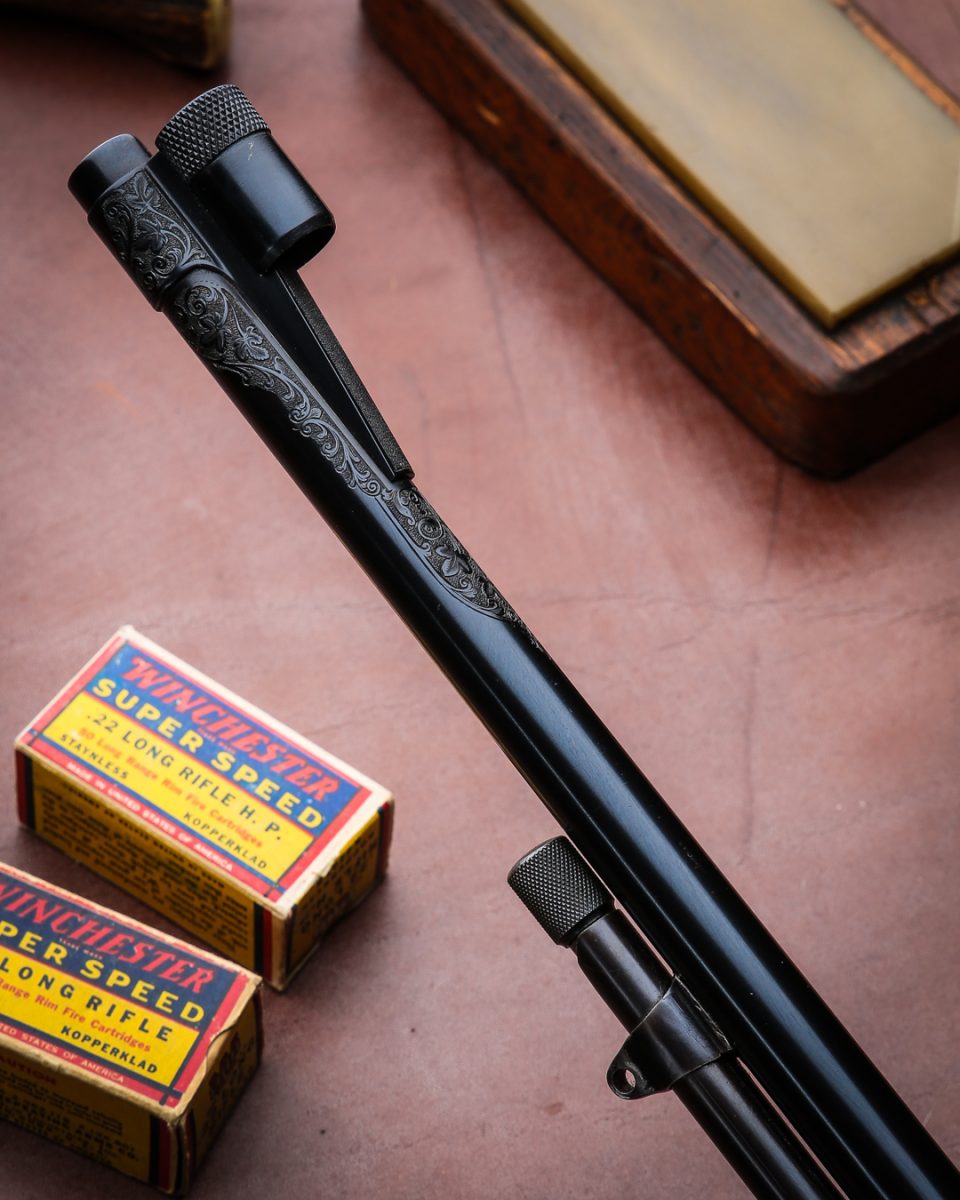
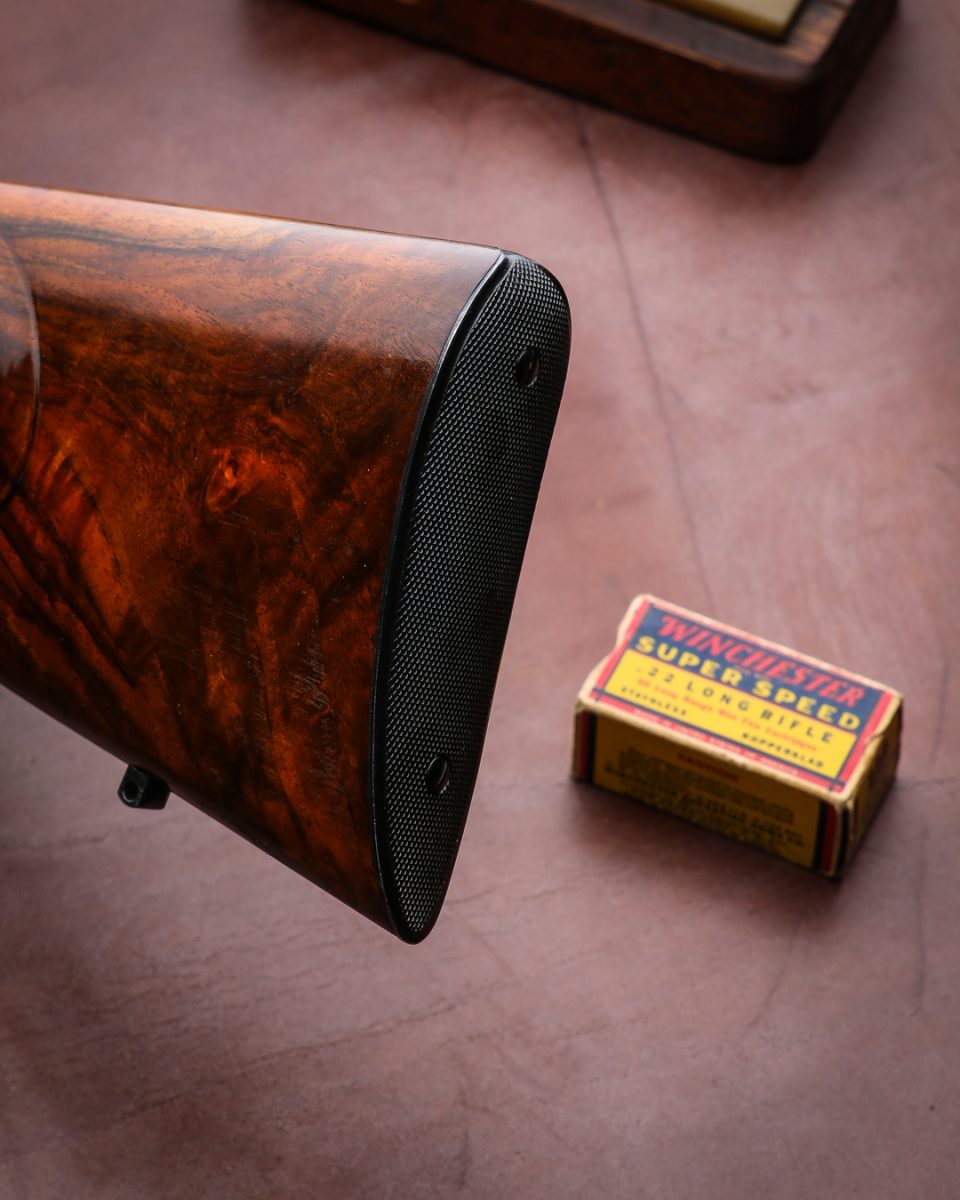
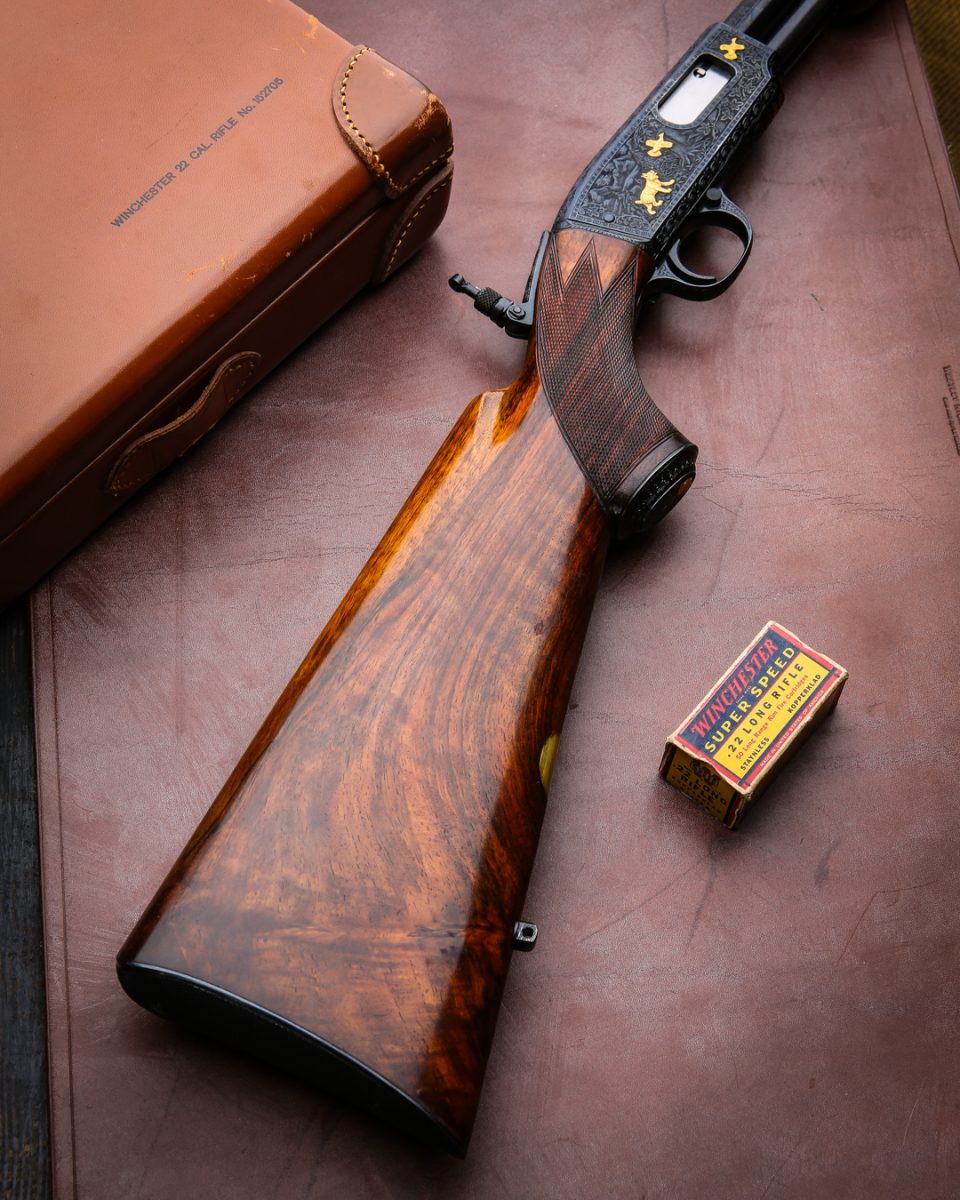
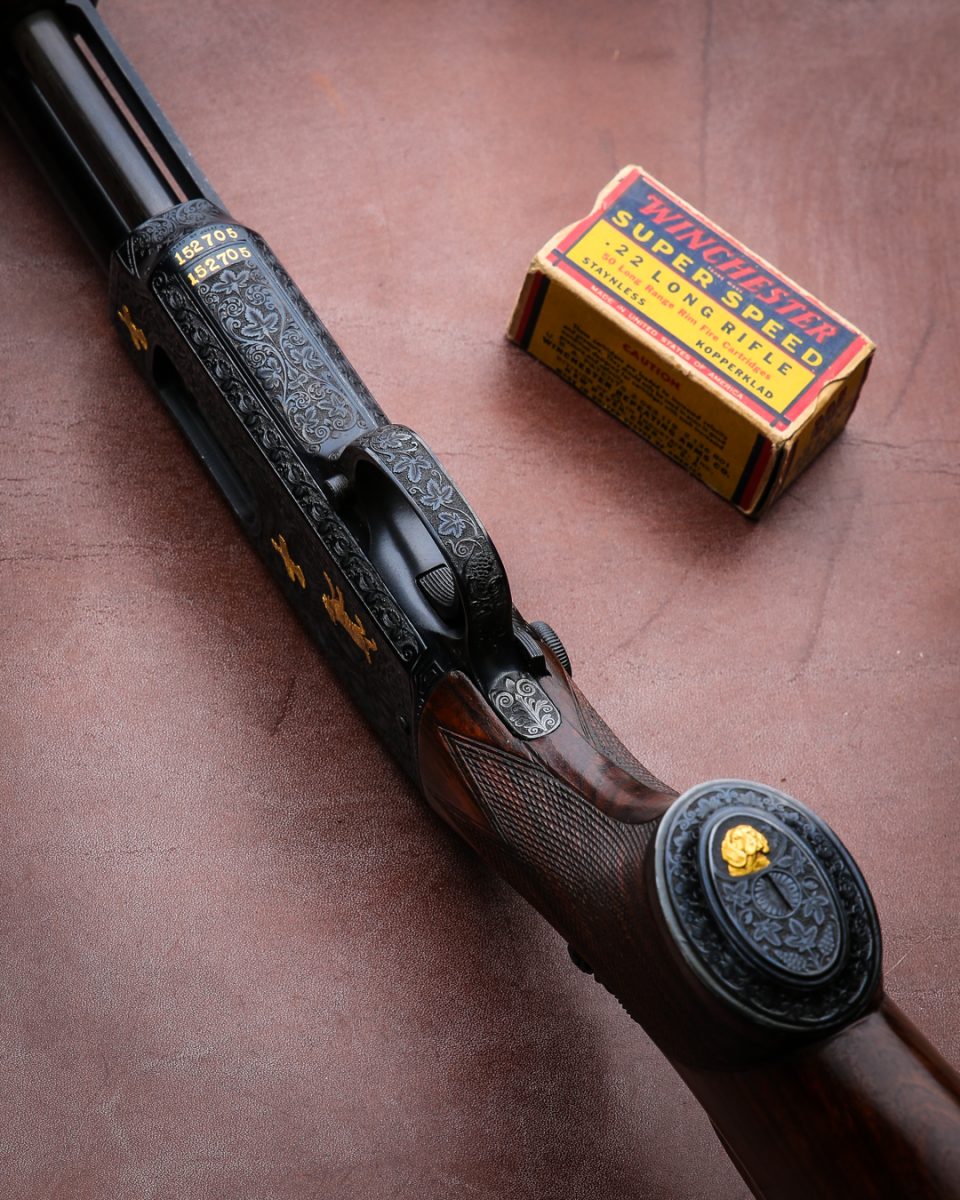
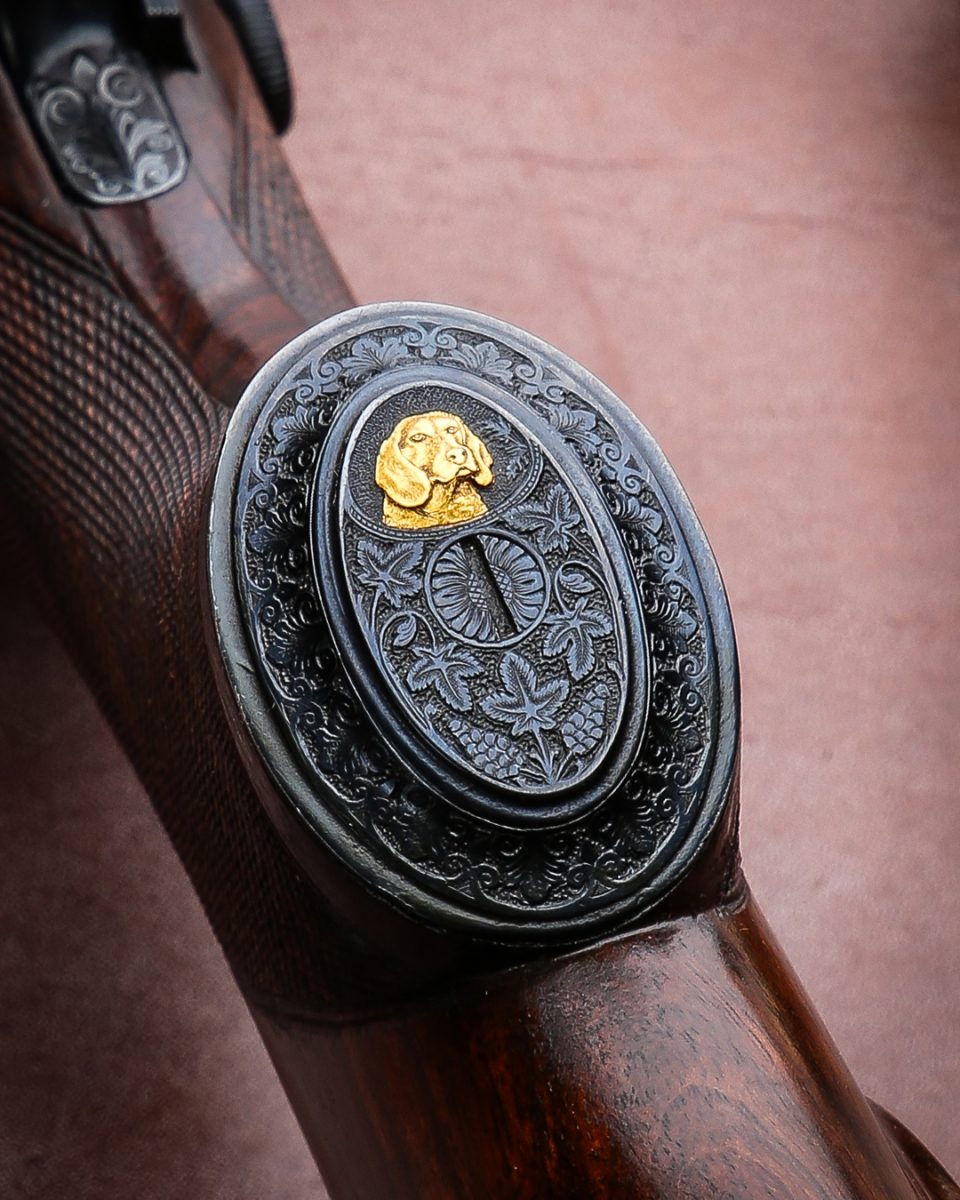

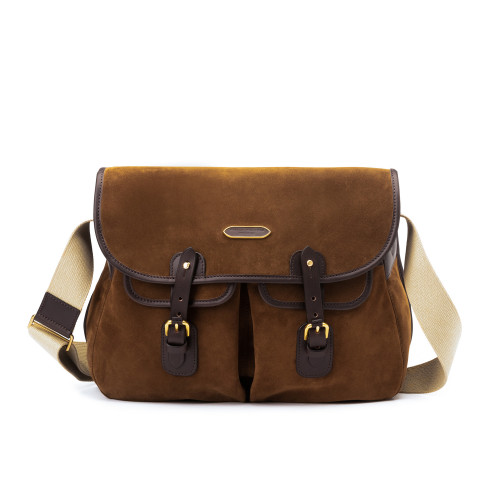
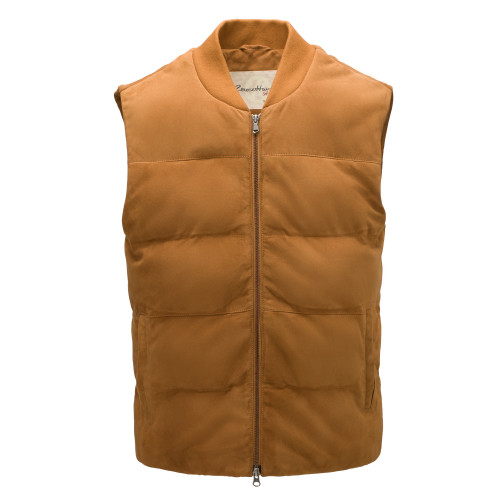
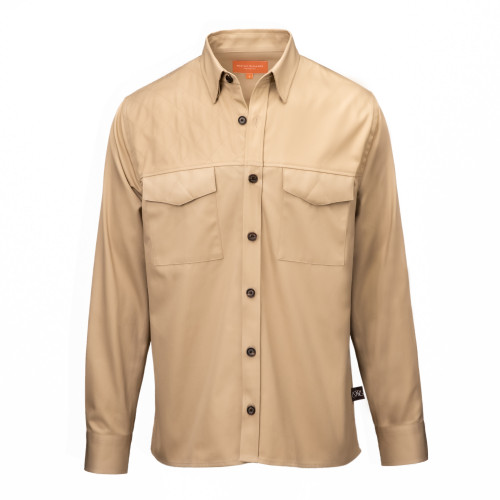
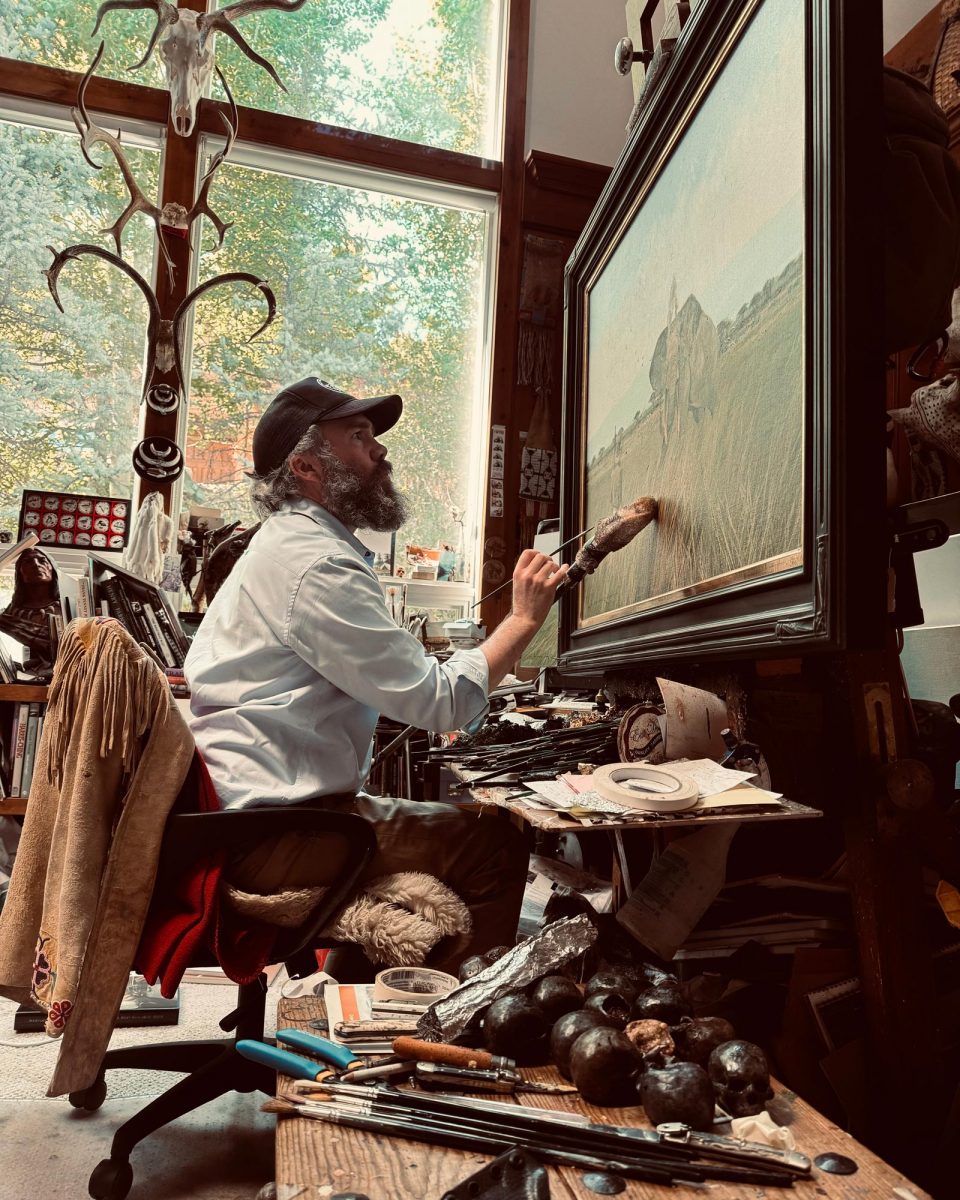
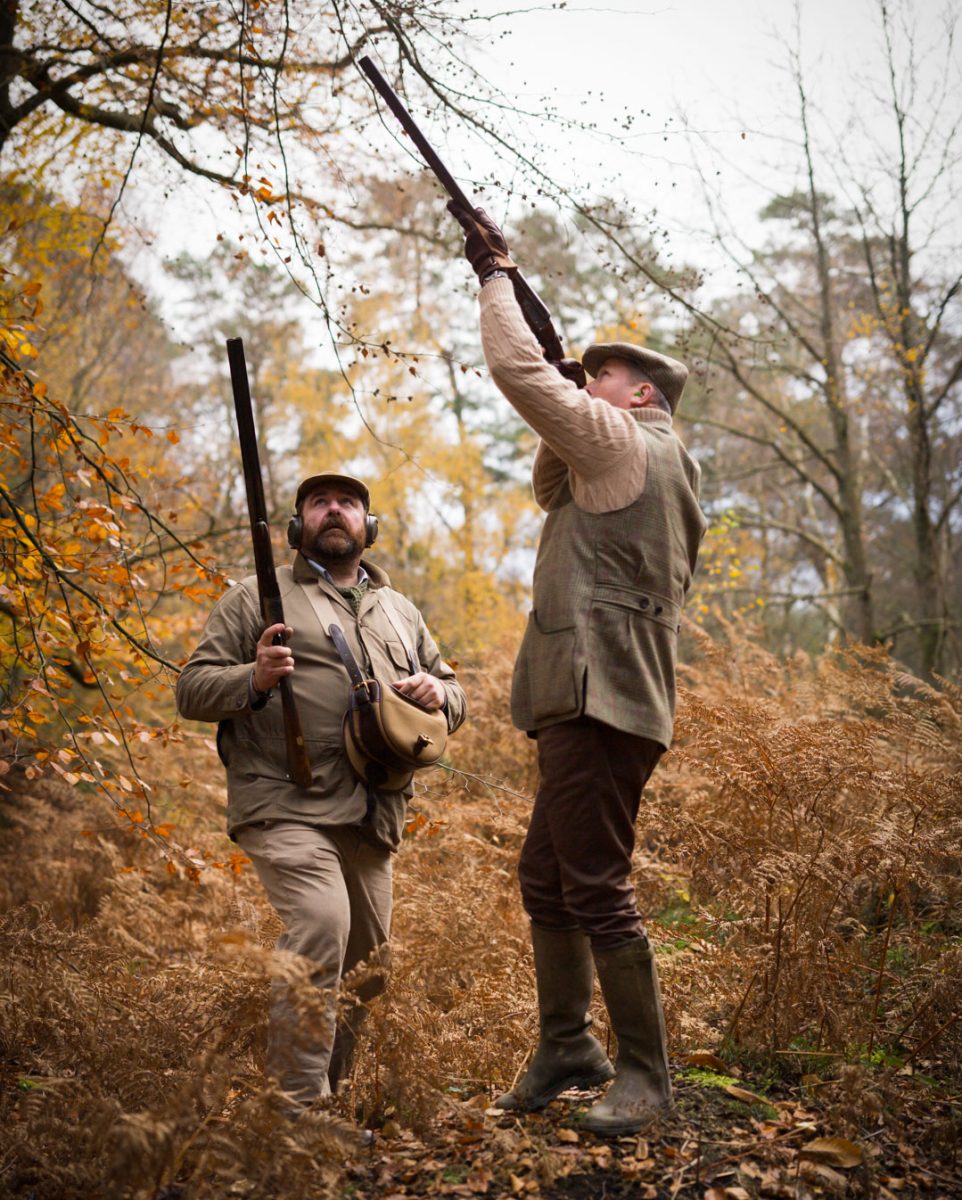



Chris on March 20, 2024 at 9:40 am
Hello LD - excellent well written article . You have a fine talent in describing and featuring this fine example of a 22 . G&H has a faithful following that is well deserved . My first gun fitting was done “gratis” by a very knowledgable Dick Welch in the G&H NY city showroom in the 70s best regards - Chris Davis in NC